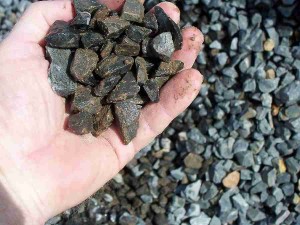Aggregates influence the properties of concrete/mortar such as water requirement, cohesiveness and workability of the concrete in plastic stage, while they influence strength, density, durability, permeability, surface finish and colour in hardened stage.
FIELD TESTS FOR AGGREGATE
1. SURFACE MOISTURE CONTENT & ABSORPTION
The surface moisture in the aggregate, influences the water cement ratio, strength and durability of the mix. To determine the surface moisture of moist or wet aggregate, method is as follows-
